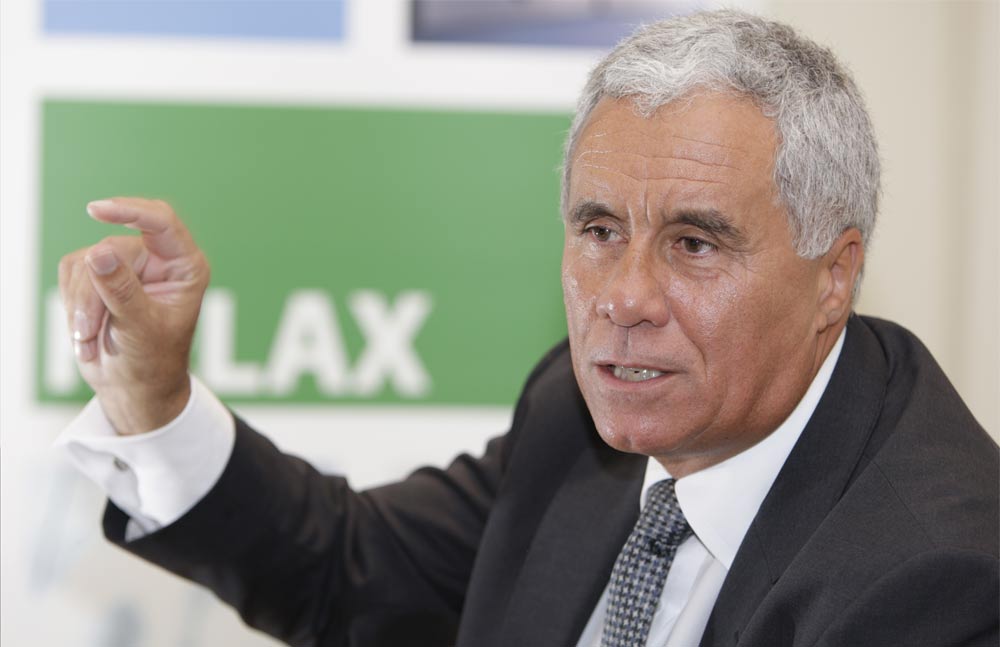Can you outline your digital marketing strategy?
Driving guests to book through our direct booking websites and mobile applications is the priority. In 1995, we became the first hotel company to make online booking possible through the Internet. Then in 2002, we introduced the “Lowest Internet Rate Guarantee” and in September 2011 we launched our ‘Best Price Guarantee’ and new ‘Book With Us Advantage’. This offers the most powerful website guarantee to guests booking on any of the IHG brand sites. Any guest who finds a qualifying, lower room price for an IHG hotel elsewhere online will receive their first night free, and the rest of their stay we will match the price found.
We have also released version 1.5 of our Priority Club Rewards iPhone and Android mobile apps. These apps allow guests to book at any of our 4,520 hotels around the world, store their details, search by airport, search with predictive text and access all hotel photos. Given the high mobile penetration in the Middle East this is really valuable for our customers.

| Advertisement |
Around 85% of hotel bookings now have an online component to them, with 20% then actually booked over the internet. Our website is the number one hotel website, with 330 million visits every year. That equates to ten people visiting the site every second.
What emerging markets are you targeting for inbound tourism to the Middle East and how?
Across the Middle East there is a very strong intra-regional travel market and this will continue to be the bulk of the market over the medium term. Europe and the States remain a key inbound tourism market, but the BRIC nations are certainly growing in numbers too. Earlier in 2011 we realigned our management structure within IHG to combine MEA with Asia Australia rather than Europe. One of the reasons for this was to make the most of our scale in developing markets allowing us to drive our market share. As part of this change I also now look after India. India presents a huge opportunity for the hotel industry. India’s hotel room supply is looking to grow by over 50% in the next 4-5 years. Midscale is in particular demand and that’s why we are rapidly expanding the Holiday Inn and Holiday Inn Express brand in the country. India’s pipeline is the largest in APAC after China’s, making up 23% of the regions total development pipeline.
For us to make the most of inbound tourism in the Middle East it’s important that we have a strong presence in travellers home markets – so that we are top of mind when they are choosing a hotel to stay at abroad. In Greater China we are the largest international hotel company and were the first to enter in 1984. Over the past 27 years we’ve established a strong presence in the country and this is a great advantage for us with outbound Chinese travellers as our brands are already well known to them. And we have just launched our Chinese language website, making it easier for Chinese consumers to book our hotels in local language.
Euromonitor forecast a ‘rebranding’ of Middle East nations following the Arab Spring. How do you think countries such as Libya, Syria, Egypt, Tunisia and Bahrain should approach this? What are your hotels in these nations doing to help achieve a tourism rebound?
We’ve been operating in the Middle East for more than 50 years and we’re present in ten countries. Whilst tourism has faced its challenges in a number of countries this year, we have also seen stronger demand across many other parts of the region, including Saudi Arabia and the UAE.
Tourism accounts for about 11% of Egypt’s GDP, so it’s a crucial part of the economy. The government has launched a strong campaign to promote the destination and encourage tourists to return. Concurrently we’ve launched a number of new sales and marketing programmes, including meetings and events offers, promotions for our corporate bookers and leisure deals aimed primarily at the domestic market. These initiatives have worked well across all our brands including InterContinental, Crowne Plaza and Holiday Inn.
In Libya there is great long term potential for the industry which hasn’t been tapped in to up to now. The infrastructure required to ensure tourism can thrive, as well as the economic and political stability required, still needs developing, but over the coming years this will become a great new destination. We’re now actively looking for hotel development opportunities there.
With our size, scale and strong brands we have the strength we need to continue to perform ahead of the market. And with governments across the region focusing on the industry as a driver for growth, the long term prospects for the region remain strong.









 Search our database of more than 2,700 industry companies
Search our database of more than 2,700 industry companies









